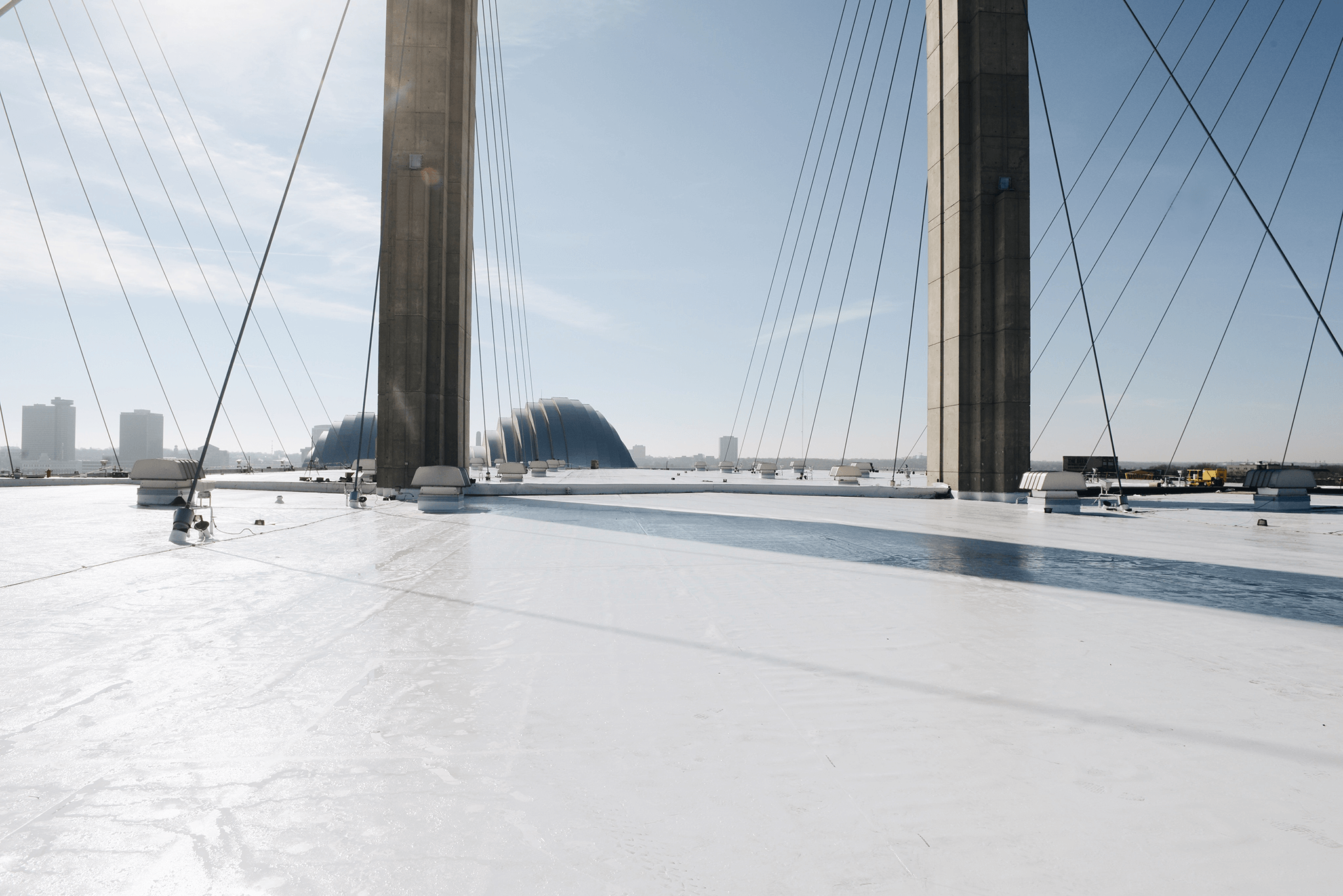A wind-vented roof is a low-sloping system that use special vents to hold the roof tightly in place among high-wind conditions. The principle behind the solution is the Bernoulli principle – initially a principle of fluid dynamics, the effect is defined as the reduction in the pressure of a fluid when it passes through a constricted section. In the case of roofs, the structures that use special vents become more firmly attached whenever high winds pass through the vents.
According to accomplished commercial roofers, the simple concept comes with many benefits – here are some:
- Help with moisture issues – the special wind vents not only secure the roof in harsh weather, they also pull any potentially harmful excess moisture from underneath the roof membrane, thus helping with water damage prevention. The vents are also efficient in drying the roofs that are already affected by moisture;
- Prolonged roof life – being unaffected by the risk of wind damage as well as of some forms of water damage, wind-vented systems can stay safe and healthy longer than unvented structures;
- Preserved integrity – the installation of wind vents does not require the use of fasteners, which also means that no holes need to be drilled into the roof and the vent installation process will not compromise the integrity of the roof in any way.
